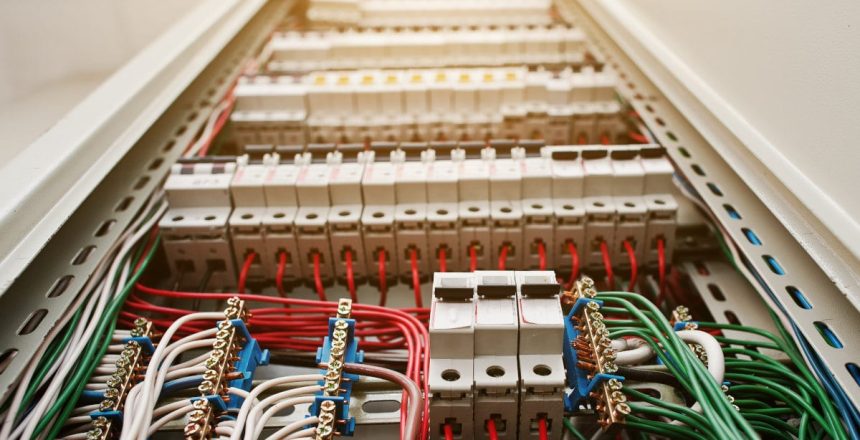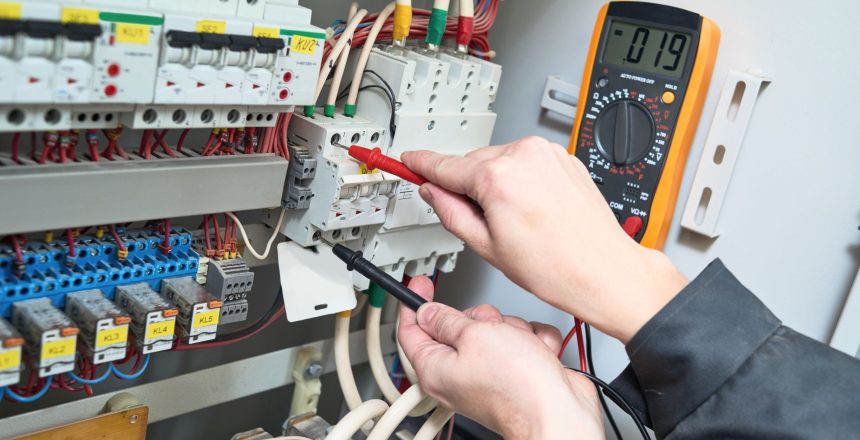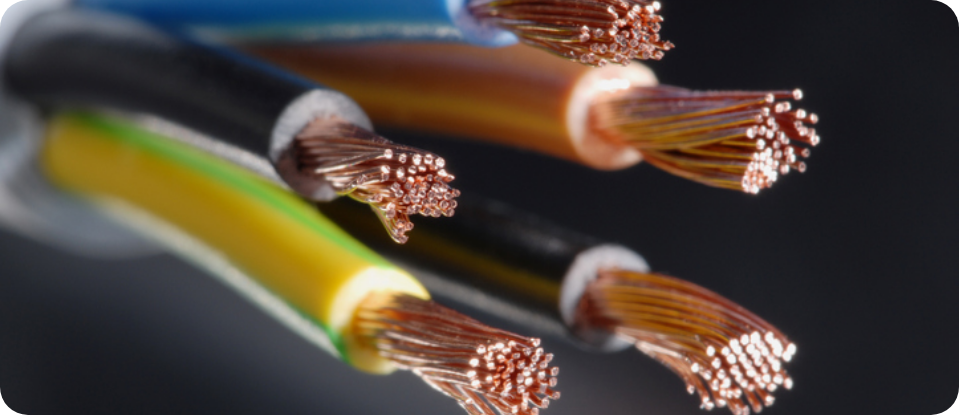What is an electrical control panel?
An electrical control panel is an enclosure, typically a metal box or plastic moulding which contains important electrical components that control and monitor a number of mechanical processes. They are energised systems that require maintenance, with planned preventative maintenance and condition-based monitoring being the most effective methods. Electrical personnel will need to gain access within control panels for fault finding, adjustments, and electrical safety testing. Operators will interact with the controls of the panel to operate and control the plant and process. Components within the control panel will facilitate many tasks, for example, they may monitor pressure or flow within a pipe and signal to open or close a valve. They are commonplace and integral to most industries. Problems with them, including neglect, can cause havoc to any business operation and endanger employees. This makes the safe operation of panels a desirable skill for both electrical and non-electrical workers.
Different types of panels
Control panels come in many shapes and sizes. They range from a small box on a wall through to long rows of cabinets located in dedicated plant areas. Some controls are located in a control room, under the supervision of a small team of production co-ordinators whilst others are placed close to machinery and are under the control of certain production operatives. Another form of control panel, common in the UK, is the Motor Control Centre or MCC, which includes all of the motor starting and control equipment to drive heavy plant, and which may, in certain circumstances include high voltage supplies such as 3.3 kV and 11 kV.
Electrical control panel components
Some of the components of an electrical control panel include:
- Enclosures
- Incoming Protection and Switching
- Power and Energy Monitoring and Control
- Power Distribution Systems
- Circuit and Load Protection
- Thermal Management
- Motion and Drives
- Safety systems
- Programmers, timers and variable frequency drives
- Power Supplies and Transformers
- Power factor correction, surge protection and uninterruptable power supplies
- Relays and contactors
Electricity is a common hazard within control panels, with electric shock, fires and arcing being of major concern. Control panels are designed to differing standards, based on age and country of manufacture, and whilst the panels might appear to be uniform on the outside, their content and layout internally can be quite different. In addition to electricity, pneumatic and hydraulic energy, as well as retained heat may also be a considerable risk to anyone who has need to enter. We advise learning through training courses to identify and deal with these risks safely.
To help get you started, here are the basics to some of the first electrical control panel components you should know about.
Enclosures
An enclosure is the body of an electrical control panel. It stores the components inside them and acts as a barrier between the hazards contained within and persons on the outside. The enclosure must be substantial enough to offer protection in its installed environment and will typically need to be able to withstand impact, vibration, heat, dust, liquids and corrosive chemicals.
The size of an enclosure is also important. Smaller ones typically have higher device density, which pose a greater risk of overheating. With that said, companies don’t want to lose too much room space with a giant metal box either. When working with electrical control panels you should first understand what it is used for. This can then help you determine if there is inefficient wiring and wasted space.
Circuit breaker
In many cases the supply to a control panel will enter through a circuit breaker, although in some cases this may simply be a disconnecting device that offers no fault protection. The specific arrangements on your site will vary, but in many cases where this device is located within the control panel itself, it must be remembered that the incoming connections to the device will remain live, even when switched to the open (off) position. Aldo remember that some components, typically integral lighting and power sockets may remain live even when the circuit breaker is switched off.
Power Distribution systems
Motors and other essential components will be supplied at mains voltage, typically 400-volt, three-phase 50 Hz. For three-phase motor circuits it is unlikely that the neutral of the supply would be distributed.
Control circuits, the field wiring that goes out to limit switches and other sensing devices will most likely operate at a much lower voltage, typically 24 volts a.c. or d.c., although 110-volt a.c. systems are still commonly used. Care should be taken with control circuits as an electric shock risk may still be present, and where electric shock is not a consideration, burns, fires and explosions as a result of short-circuiting control circuit wiring may still put life and property safety at risk. Panels may be interlinked with each other, and a mishap within one panel might cause other panels and the equipment connected to it, to operate in an unintended manner.
Safe entry into control panels
Many companies have policies in place that restrict access to electrical control panels and distribution boards to competent persons only. For some, those policies are sacrosanct, and anyone disobeying them is strictly dealt with. For others, the policy is applied most of the time, but when supervisory cover is reduced, and production demands are at their greatest, such policies are often forgotten about.
Where non-electrical persons are required to gain entry into panels for first-level breakdown intervention we have a Control Panel Entry course that allows attendees to identify tripped circuit breakers and overload devices and, after carrying out a basic visual check, reset that device on one occasion to restore supply. The course clearly sets out the boundaries in which a person may operate and at what point it is necessary to escalate the incident to a competent authority. The focus of the course is on safety, both of the individual and fellow workers, and the dangers associated with electricity are illustrated at every opportunity. After completing training with ESUK, your operatives will be better placed to gain entry into panels safely for basic first-line breakdowns.
The course can be tailored to fit with your site standards and requirements, ensuring that the training delivered is fit for purpose, compliant with the law, and serves to protect both your operatives and your business whilst at work.




